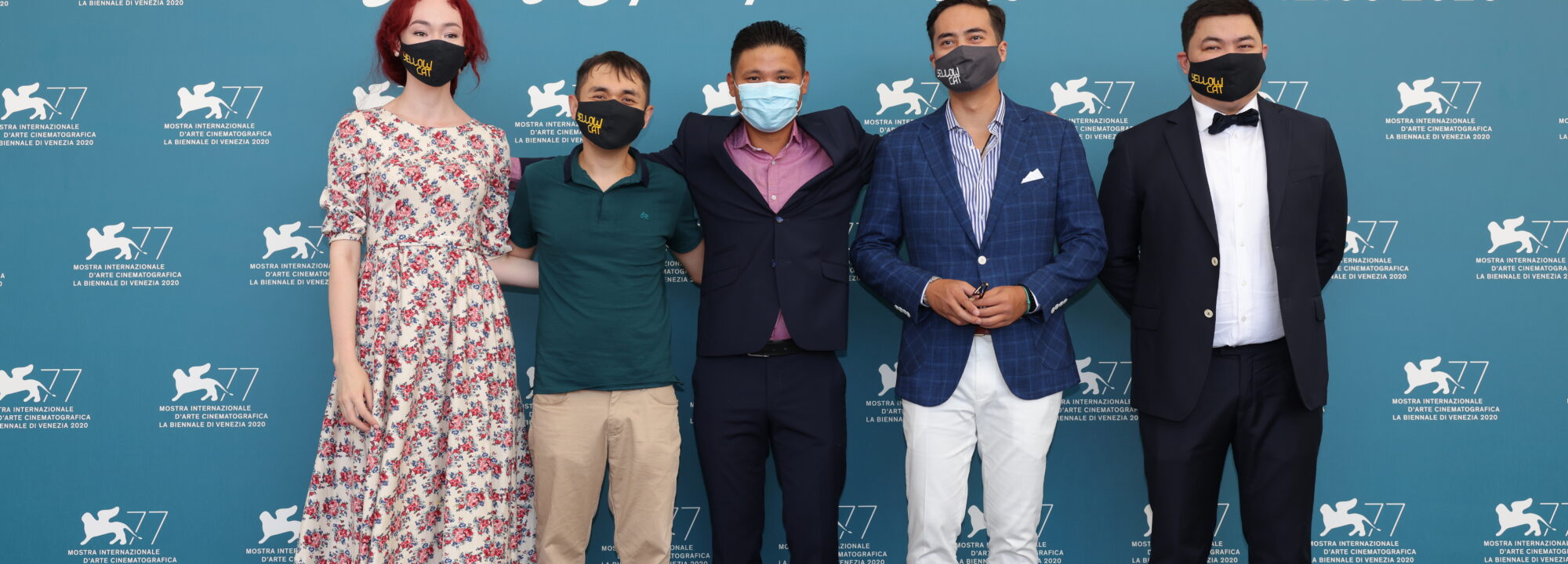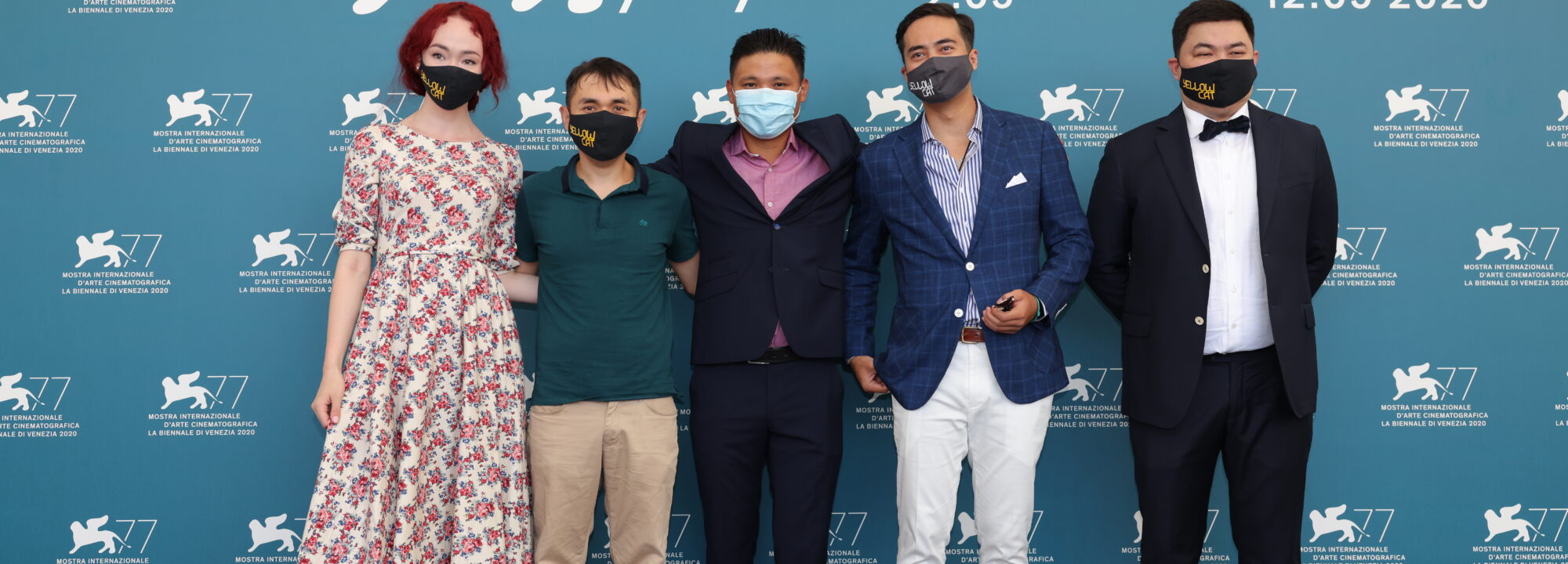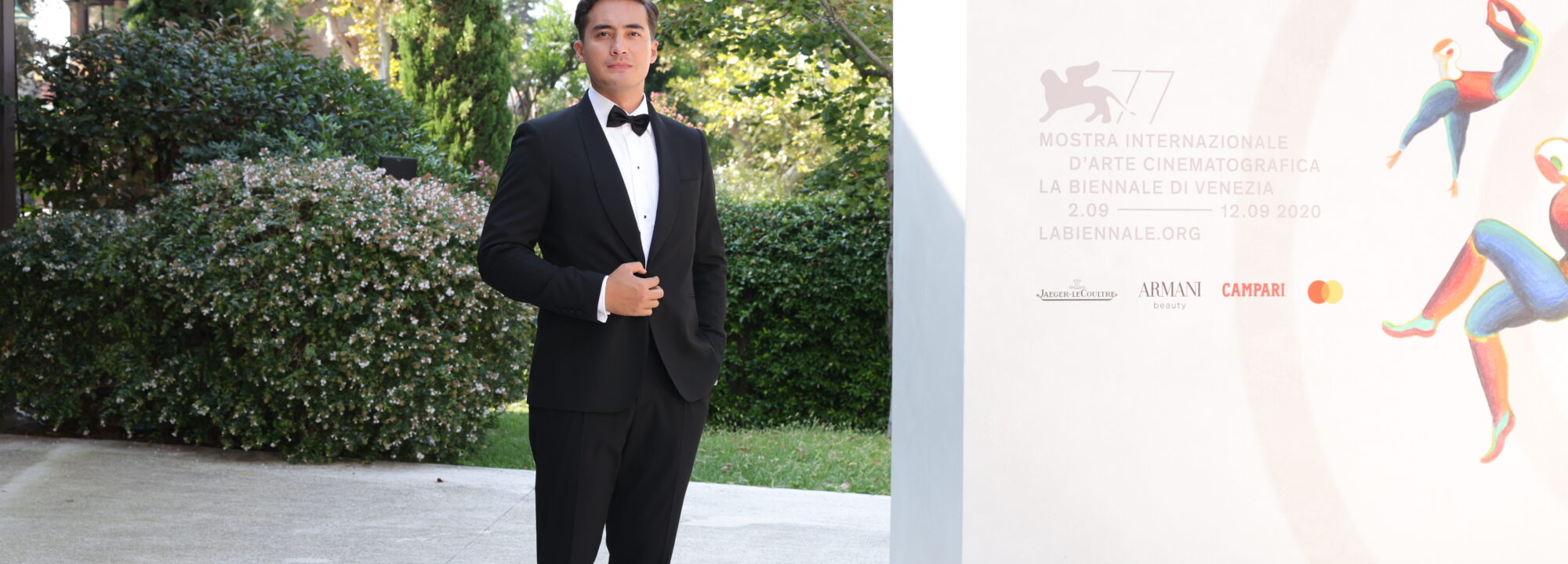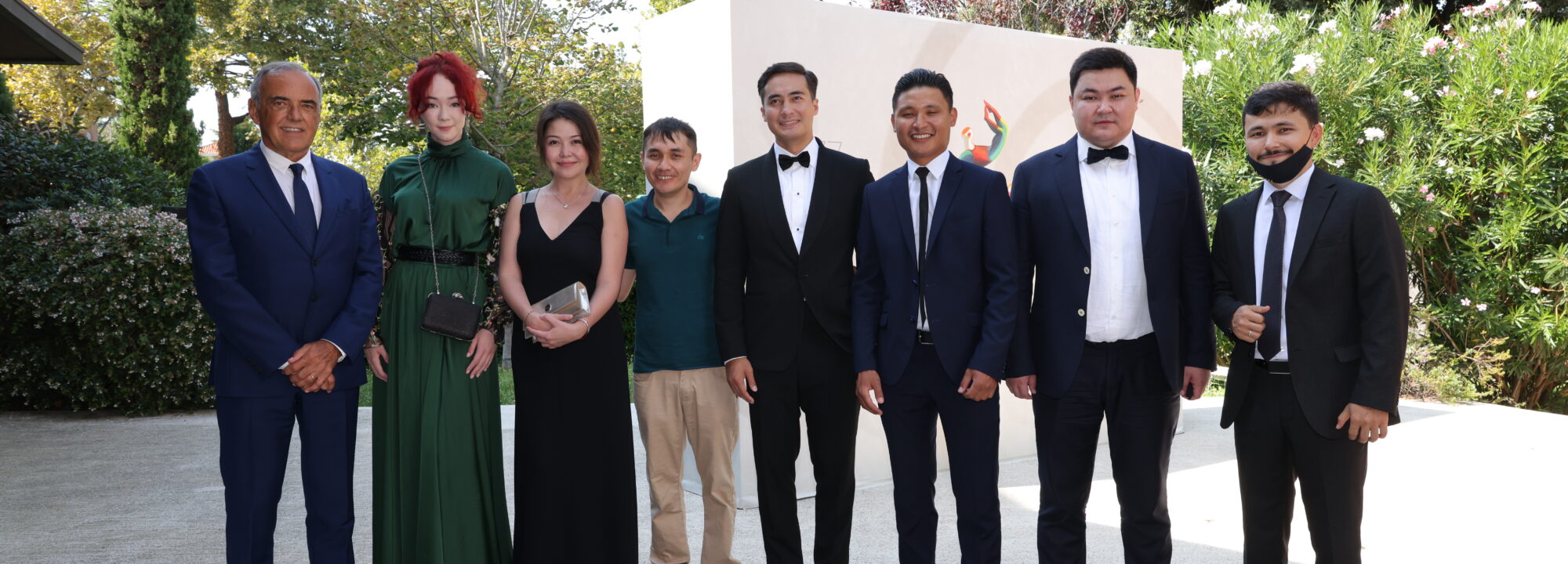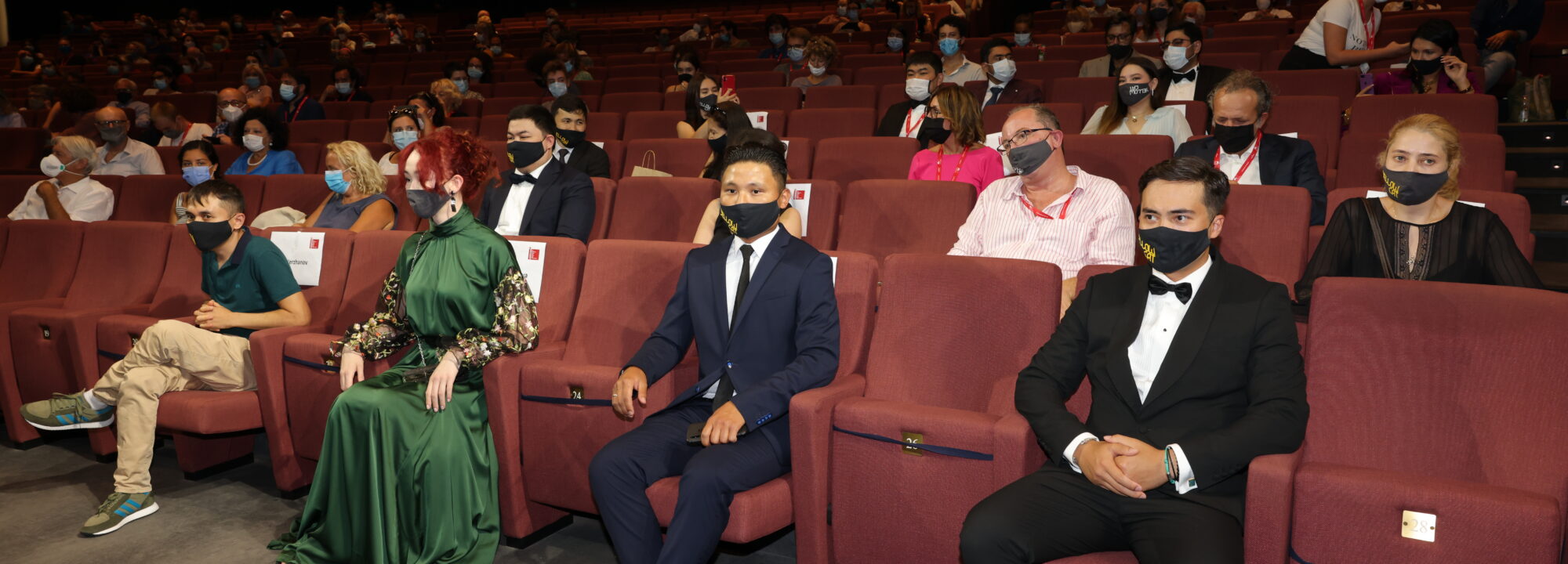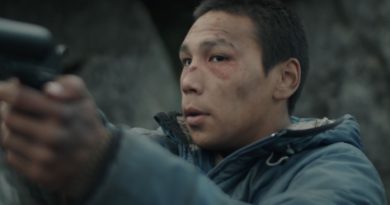Yellow Cat: a Movie about an Escape in Dreams to Leave Behind a Dog’s Life
Yellow Cat is a movie by the Kazakh director Adilkhan Yerzhanov (Адильхан Ержанов – каз. Әділхан Ержанов), presented at the Orizzonti section of the seventy-seventh edition of the Venice International Film Festival.
Yellow Cat (Жёлтая кошка – Zheltaya koshka) is set in Karatas, an immaginary village, where the ex-con Kermek (Азамат Нигманов – Azamat Nigmanov) is released from prison for good behaviour, serving only three of the ten years he was sentenced for theft in a supermarket.

The boy tries to start a new life as a salesman in a lost drugstore in the middle of the steppe. He lives in a parallel reality of his own, where he imitates the heroes of the movies because the only formative experience he could do in prison was watching an hour a day a movie, which sometimes he couldn’t even finish. His favourite actor is Alain Delon in Le Samouraï, in his honour Kermek always wears a Panama hat.

His honest restart ends immediately when a corrupt policeman (Ержан Жаманкулов – Yerzhan Zhamankulov) prevents him from living on the straight and narrow and forces Kermek to work for him as a henchman, who accompanies him to collect debts for a loan shark, Baldyr (Еркен Губашев – Yerken Gubashev).

The loan shark also owns a brothel, Les Fauves, where Kermek meets Eva (Камила Нугманова – Kamila Nugmanova), a girl with red curls who escapes the brutal reality like him. They are immediately in tune, people think they are crazy, indeed, they are dreamers, and Kermek, a sort of folk hero of an ancient Kazakh epic, convinces the girl to leave with him to make a movie theatre in the mountains where he was born.


One of Baldyr’s henchmen, not so cruel like the other ones, Zhambas (Жамбас), interpreted by Sanjar Madi (Санджар Мади – каз. Санжар Мәди) compares the love of the two young people to the scene when Sharon Stone meets Robert De Niro in Casino, the film directed by Martin Scorsese. The other villains of the movie are infantilized: someone carries a doll with him, someone rides a scooter and speaks in a thin voice, and someone learns English at an advanced age.

According to the director Kermek embodies:
a folk character who came to modern times. He has a pure and simple understanding of the world: good is good, evil is evil. It won’t be easy for such hero to survive in this cruel world. But he is kind, and his kindness will help him to get through everything.

Thanks to his courage, Kermek distinguishes himself for his honesty and courage. He deserves to be called batyr, an honorific title in Kazakhstan that derives from Raiymbek Batyr (Райымбек Батыр – каз. Райымбек Батыр), a warrior from the 18th century who actively resisted the Dzungar invasion. Dzungars belonged to the Oirat (West Mongolian) tribes that were the last remnants of the Mongol horse archer empire. At the beginning of Yellow Cat, we see a sculpture of a batyr with a dangling hand holding a sword.

Every self-respecting hero has a maiden to save. Eva represents for Kermek a tree, something so rare in the steppe. For Eva he will be the rain, that refreshes, that gives life. Many are the visual references to painters like Andrew Wyatt, Picasso, and Matisse.

They are two lovers on the run, who find peace in a makeshift little sailboat, resting on a tiny sea of cellophane, with the storm that can only be heard in the distance. The boat is not safe enough to face the immense expanse of sand, not strong enough to be able to take to the sea and their escape is like that of the yellow cat, to which the gamekeepers set fire to set an arson in the woods, runs like a torch hoping to leave the flames behind.
Photos & Video: Courtesy of Asac – La Biennale di Venezia
Read our movie reviews

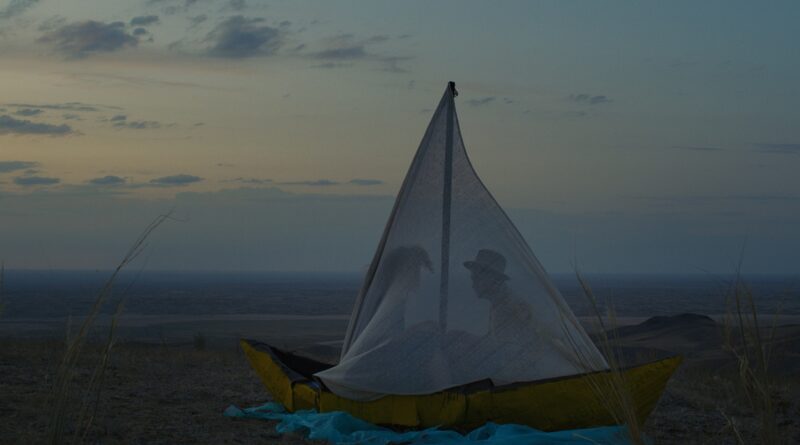
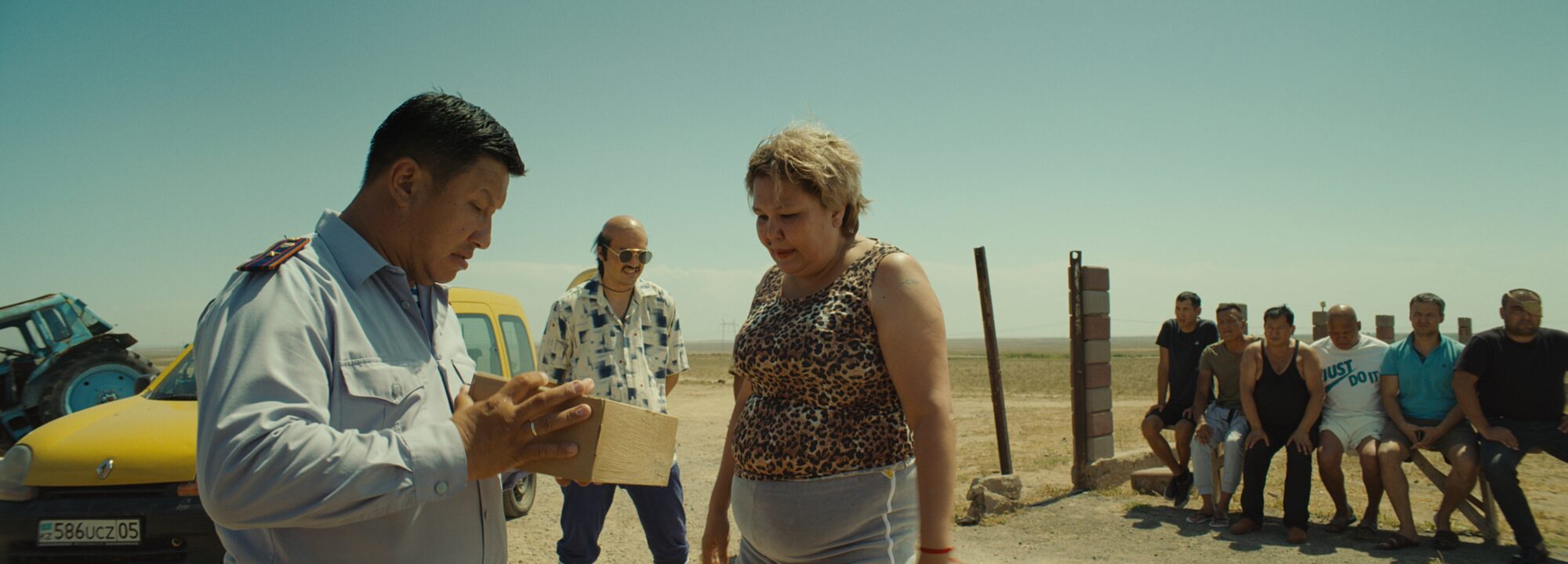






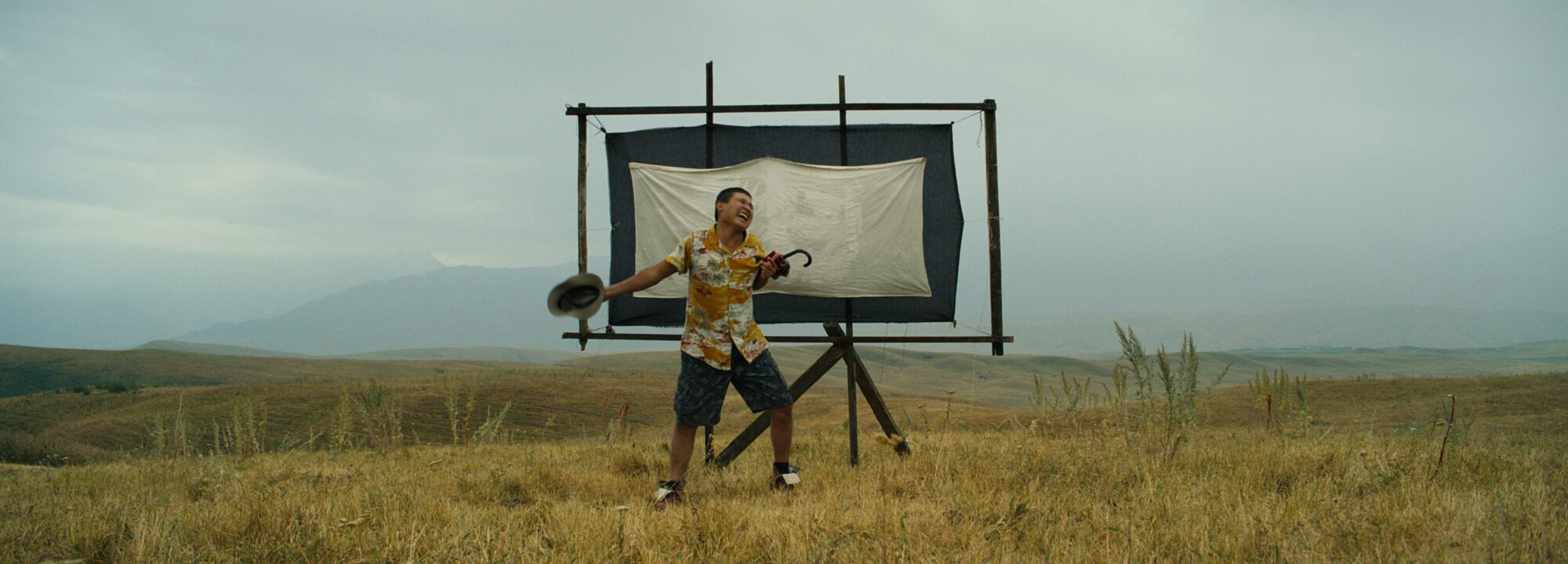
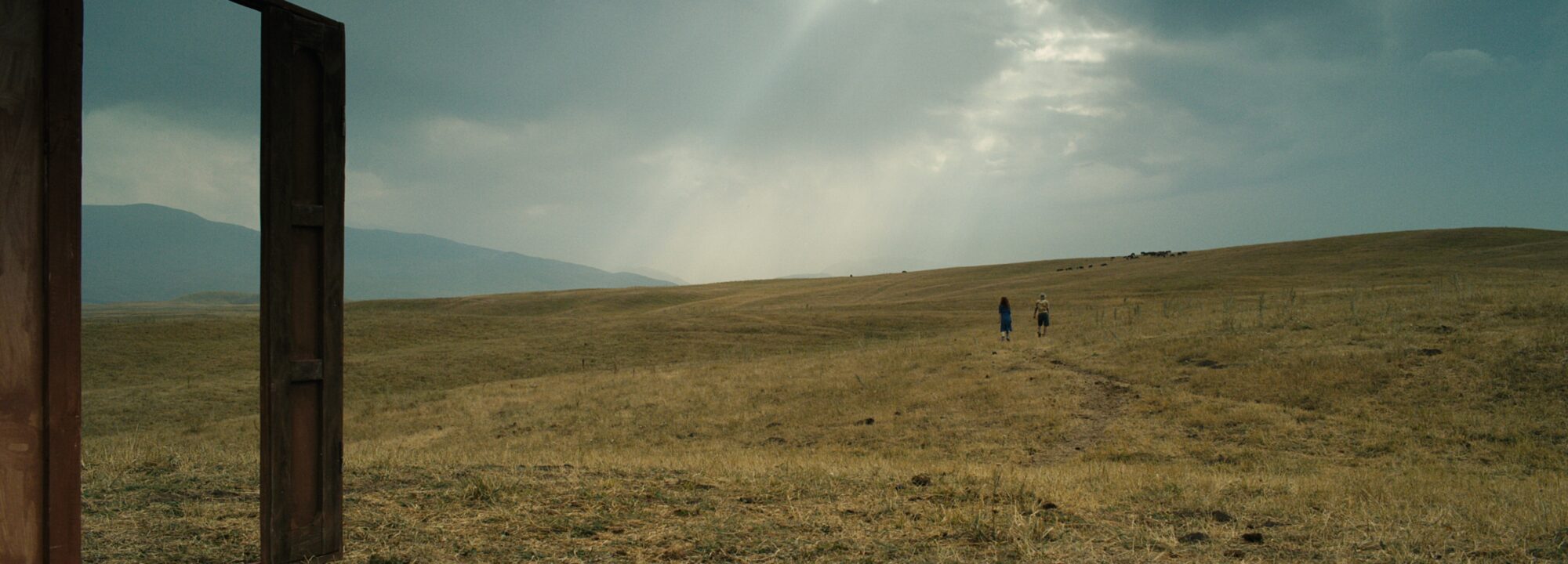
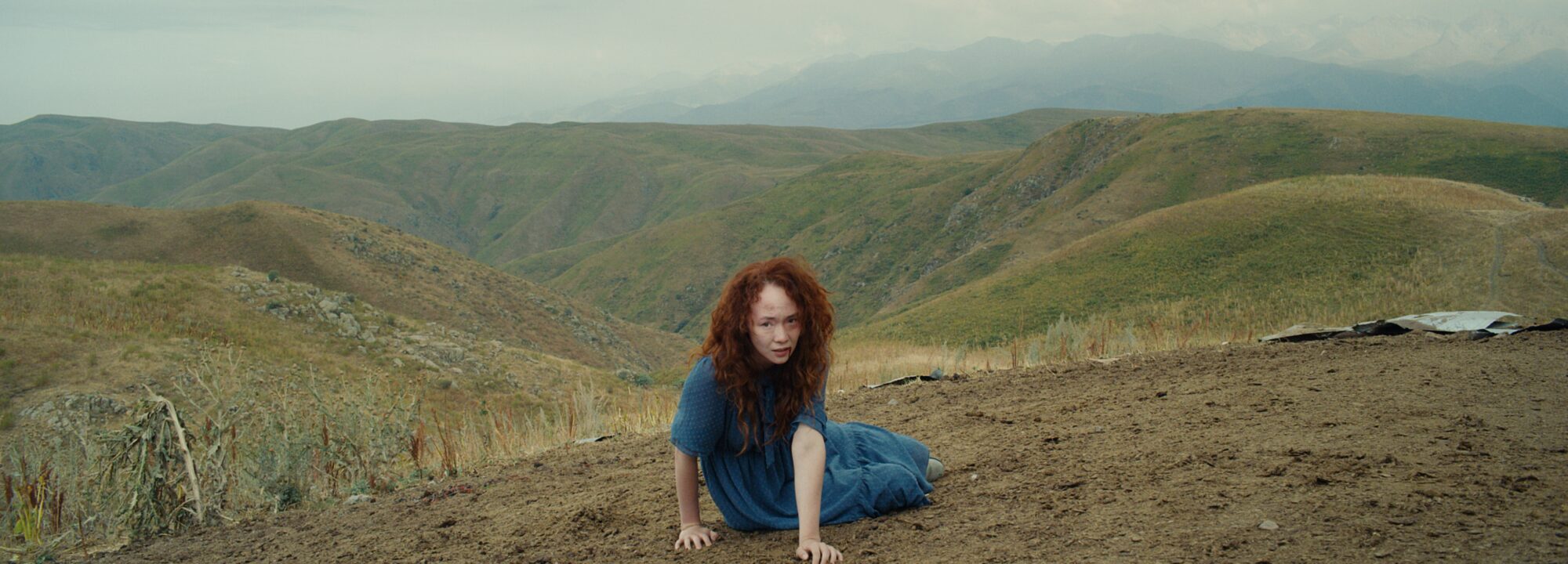
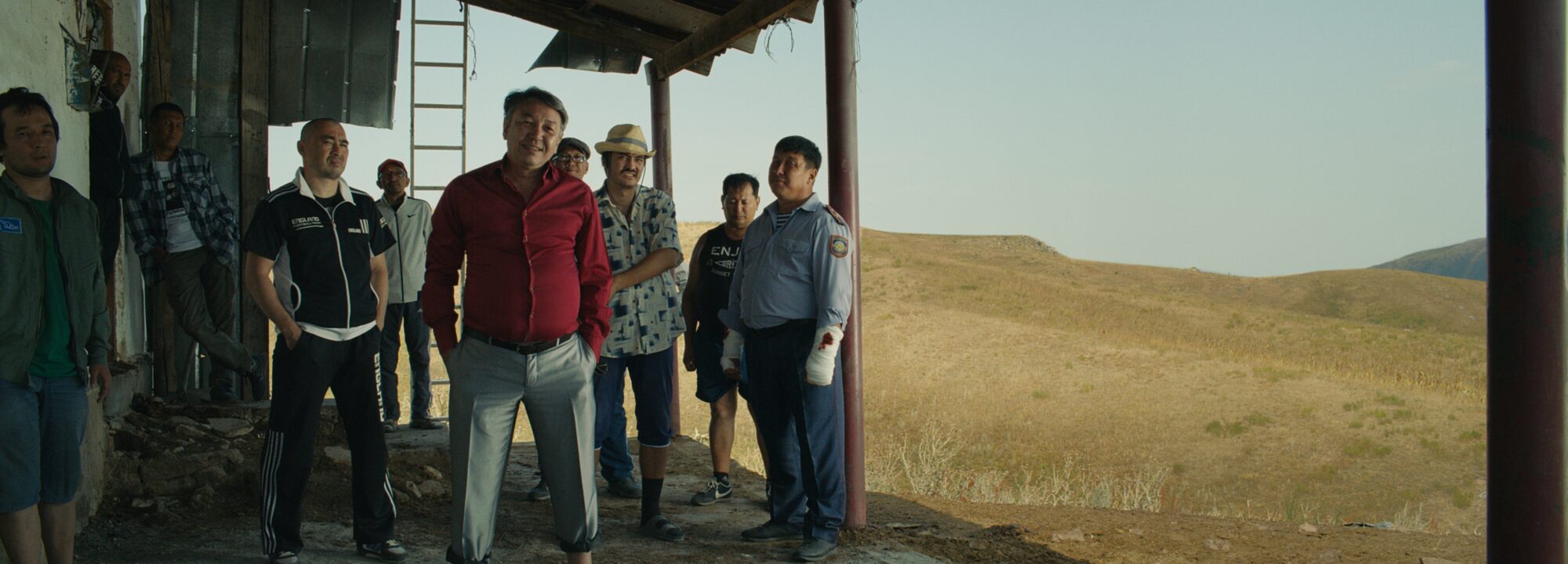
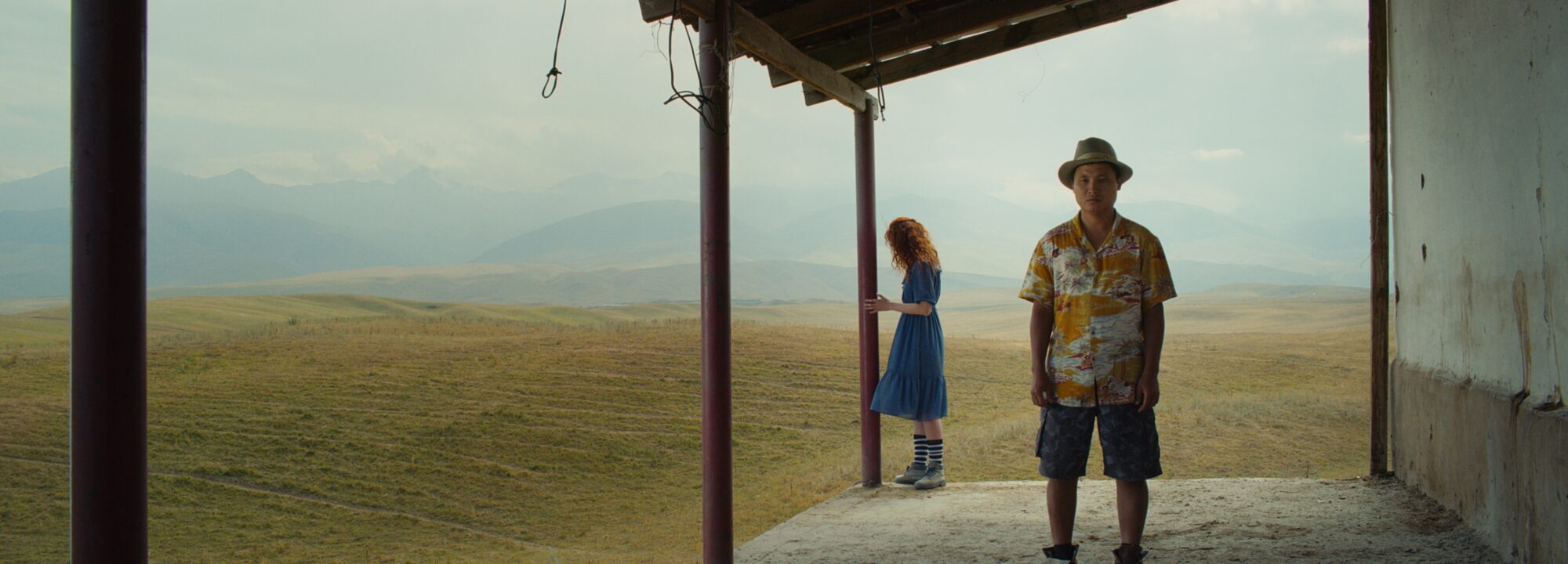
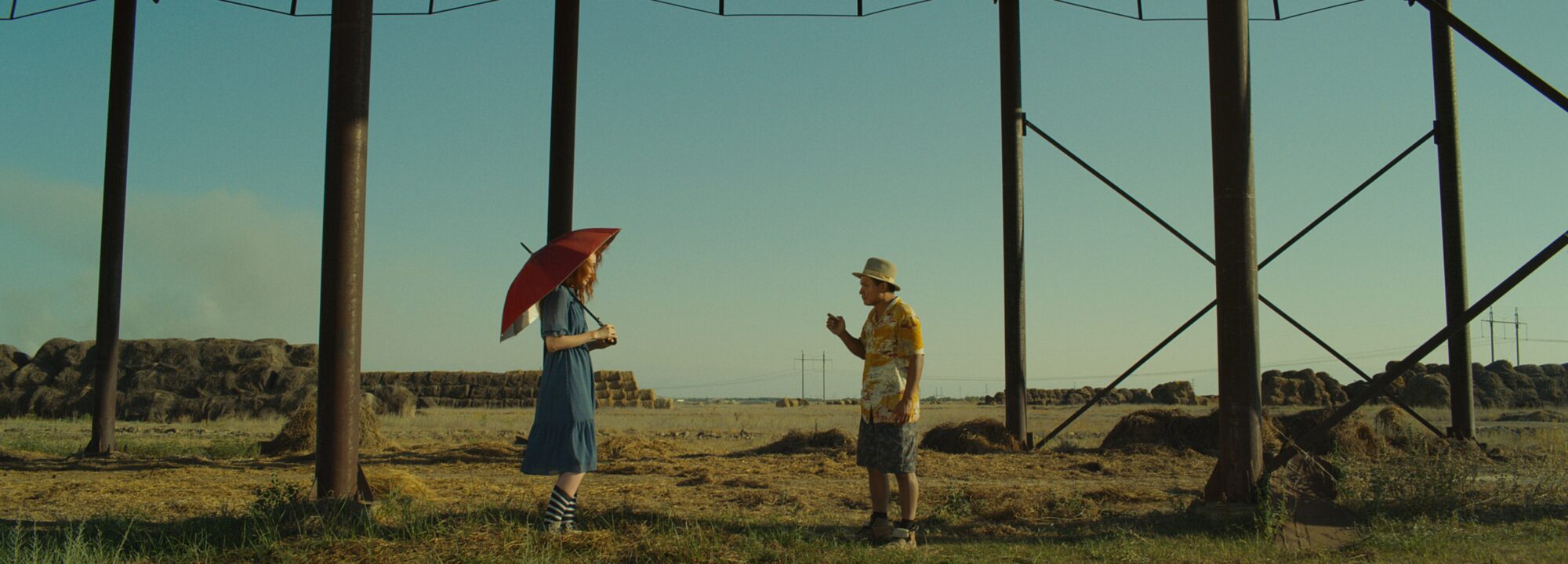
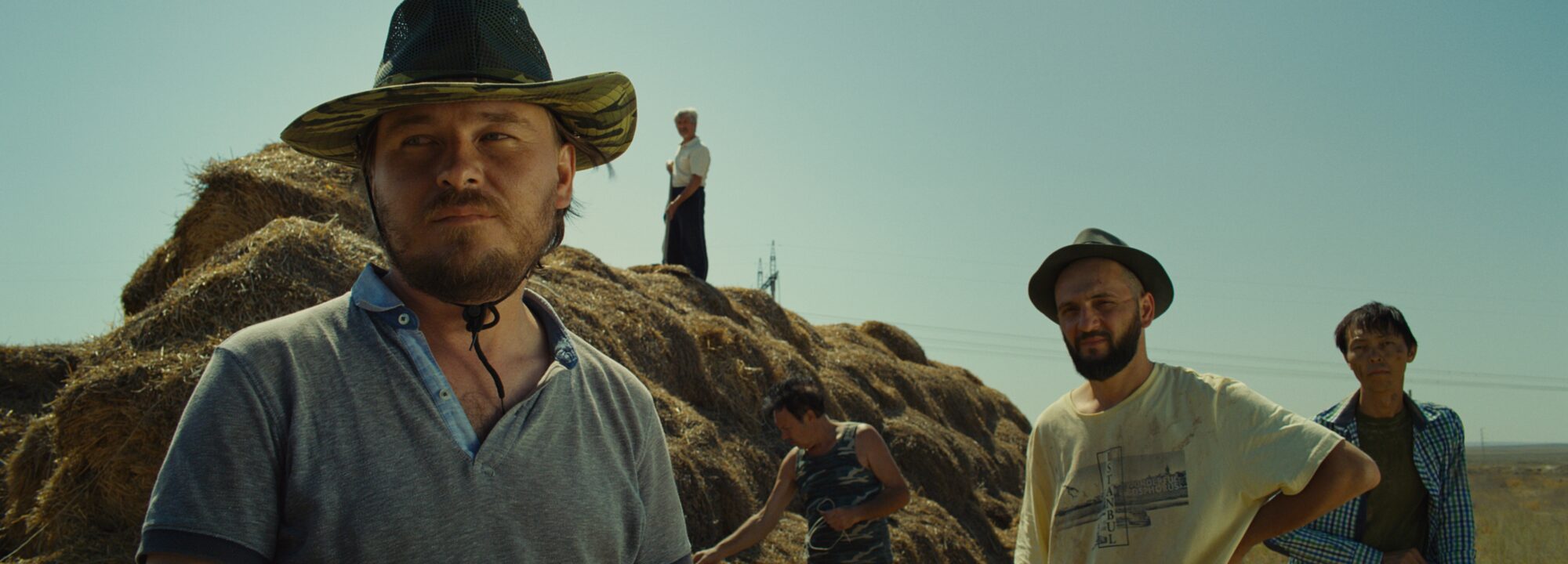




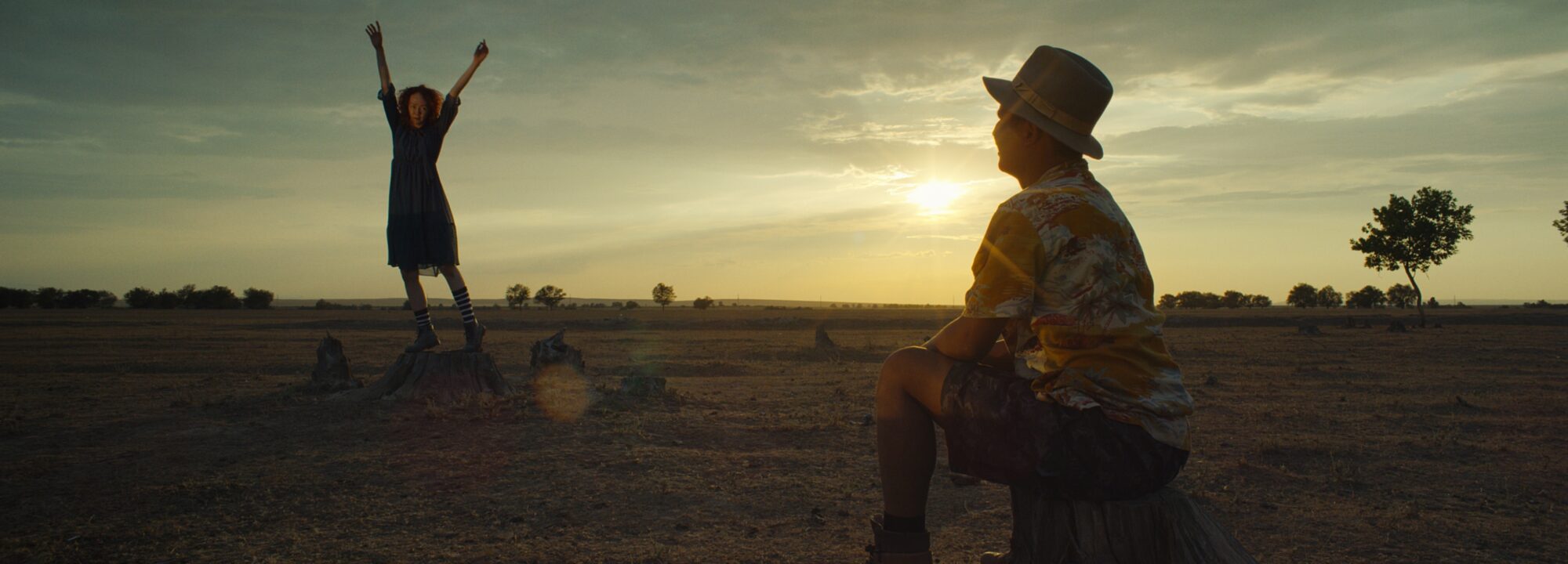


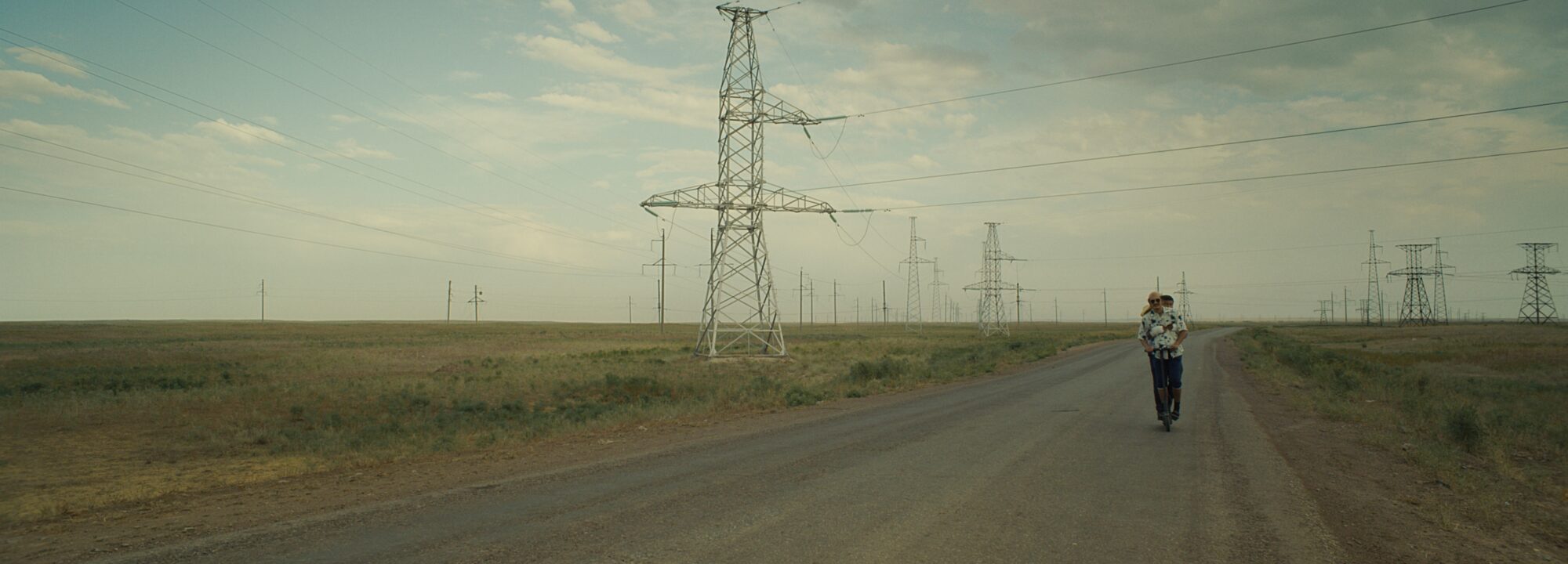
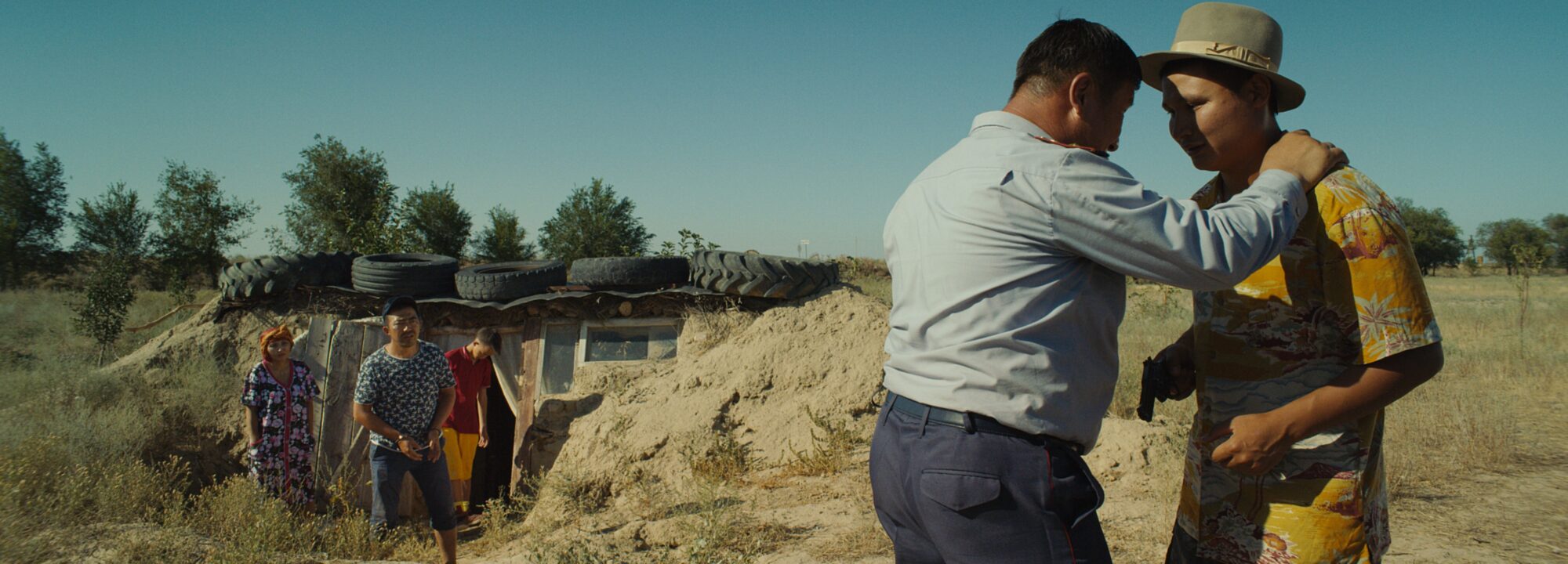
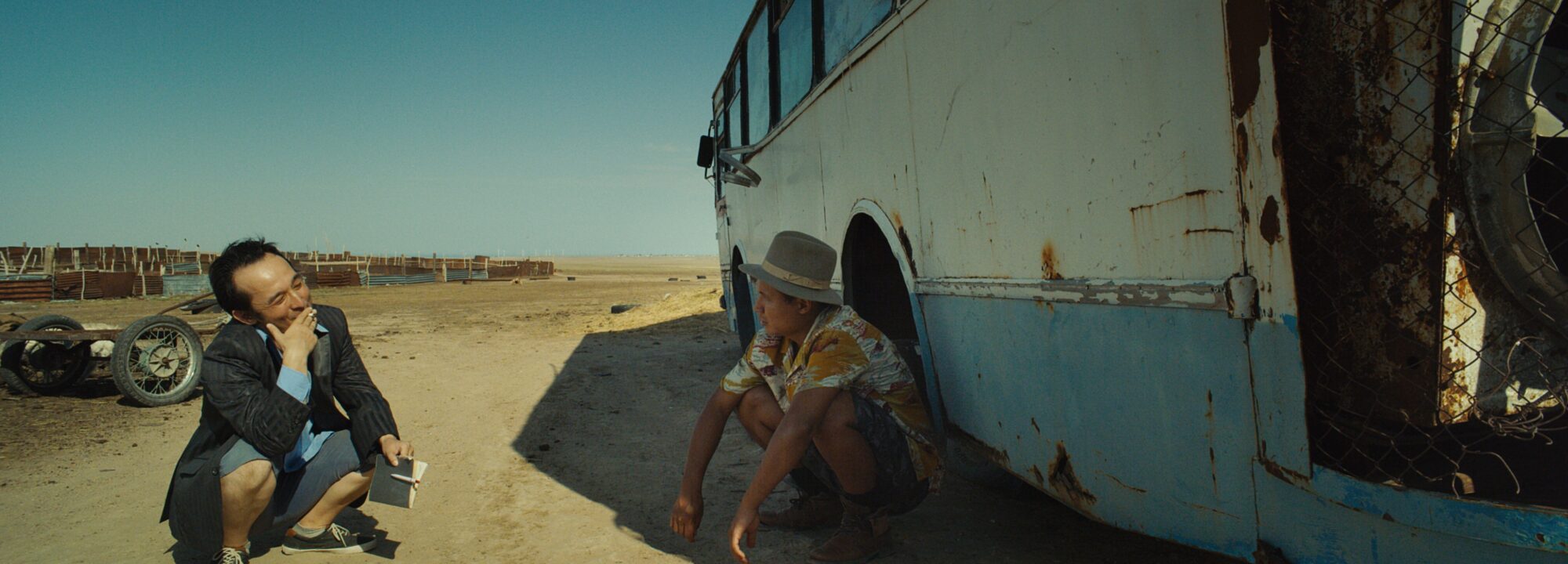
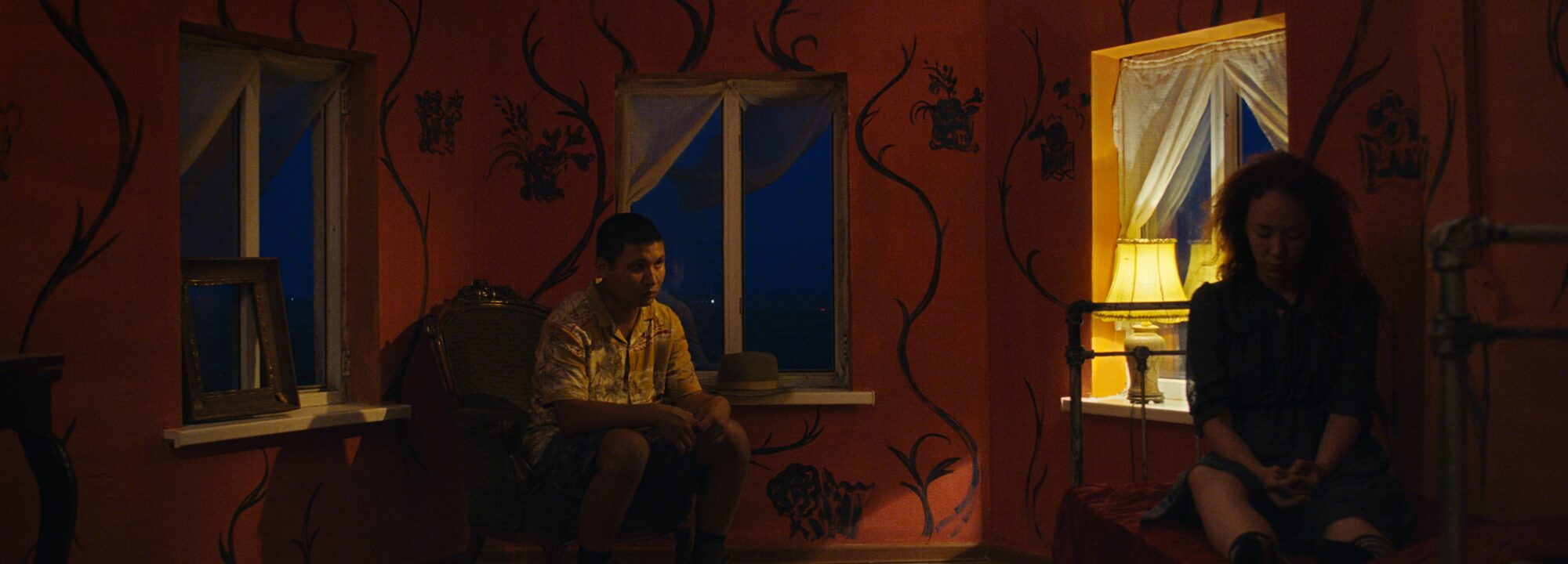
![[metaslider id=15736]](https://www.egotimes.com/wp-content/uploads/2020/09/62382-PHOTOCALL_-_ZHELTAYA_KOSHKA__YELLOW_CAT__-_Actor_Sanjar_Madi__2___Credits_La_Biennale_di_Venezia_-_Foto_ASAC__ph_Andrea_Avezz___-2000x720.jpg)
